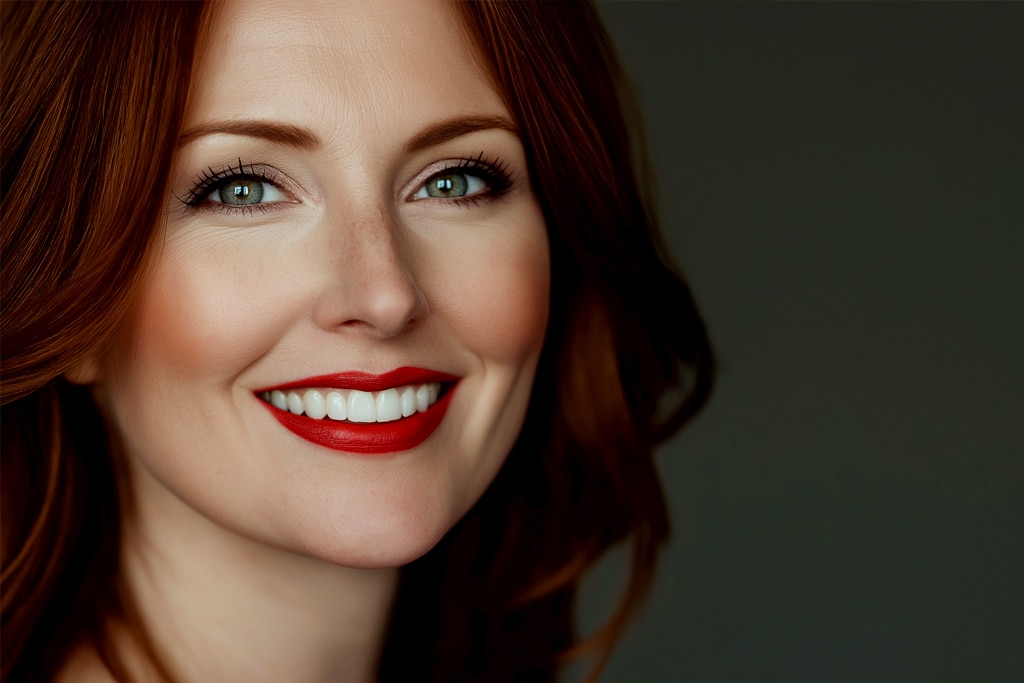
The under-eye area is one of the first places to show signs of aging, and patients often turn to dermal fillers to erase those dreaded tired-looking eyes. But achieving natural results here? That’s no small feat. It takes a careful blend of skill, strategy, and the right product. Let’s break down what it takes to create refreshed, youthful under-eyes without overdoing it.
Understanding Tear Trough Anatomy
Before you pick up that syringe, it’s crucial to understand what you’re working with. The tear trough—the area between the lower eyelid and the cheek—is tricky terrain. The skin here is thin, blood vessels are plentiful, and underlying fat pads can shift with age.
What’s causing the concern? For some, it’s hollowing and dark circles caused by volume loss. For others, under-eye bags from fat herniation are the issue. Identifying the root problem helps guide treatment. And remember: the goal isn’t perfection—it’s a smoother, refreshed look that harmonizes with the rest of the face.
Choosing the Right Dermal Filler
Here’s the thing: not all fillers are created equal, and the under-eye area demands a specific kind of product. The best fillers for this delicate spot are light, smooth, and flexible—ones that can blend seamlessly into thin skin without causing puffiness.
Popular options include Juvederm Volbella, Restylane, and Belotero Balance. These hyaluronic acid-based fillers are hydrating, reversible, and designed for subtle volume enhancement.
Choosing the right filler also depends on the patient. Someone with severe hollowness may need a filler with more lifting power, while a younger patient with mild concerns might benefit from a softer product. The key is customization—matching the filler to the individual’s anatomy and aesthetic goals.
Injection Techniques for Natural Results
Let’s talk technique. Achieving a natural look starts with precision. Many practitioners prefer using a blunt-tip cannula to reduce the risk of bruising and swelling, but fine needles also work well for targeted corrections.
Placement matters. Filler should go deep, just above the orbital bone, to avoid complications like the infamous bluish tint (aka the Tyndall effect). And less is more—overfilling leads to puffiness and an unnatural appearance. A conservative approach, using small amounts of filler strategically, creates smooth transitions between the under-eye and cheek.
One pro tip? Use the microdroplet technique, injecting tiny amounts at a time for controlled, even results. This method ensures you enhance the area without overloading it.
Enhancing Results with Combination Treatments
Sometimes, fillers alone aren’t enough. That’s where combination treatments come in. For patients with dark circles or crepey skin, adding therapies like **platelet-rich plasma (PRP)**, microneedling, or lasers can take results to the next level.
PRP can boost collagen production and improve skin texture, while laser treatments help reduce pigmentation and tighten the area. Combining these with fillers can address multiple concerns at once, giving patients a comprehensive rejuvenation plan.
Imagine this: a patient walks in with under-eye hollows and discoloration. You treat the volume loss with a subtle filler and use PRP to brighten and tighten the skin. The result? A refreshed, natural look that doesn’t scream “I had work done.”
Managing Complications and Setting Expectations
Even with the best techniques, complications can happen. Bruising, swelling, and puffiness are the most common issues, but they’re usually temporary. For more serious problems, like overfilling or the Tyndall effect, hyaluronidase can dissolve the filler to correct the issue.
Patient expectations are just as important as technique. Many come in with social media-inspired ideas of “perfection,” but it’s essential to educate them on what fillers can realistically achieve. Explain that under-eye fillers won’t eliminate all discoloration or erase years overnight. Instead, they soften the signs of aging and create a rested appearance.
Setting clear expectations upfront ensures patients walk away satisfied—and maybe even a little surprised by how much better they look with a natural, subtle enhancement.
Conclusion
Treating the under-eye area with dermal fillers is both an art and a science. From choosing the right product to perfecting your injection technique, every step matters in achieving natural results. And while the tear trough is a challenging area, it’s also incredibly rewarding when done right. By combining skill, strategy, and patient education, you can help your clients look refreshed, confident, and themselves.
Frequently Asked Questions

About the Author: Doris Dickson is a specialist writer for Health Supplies Plus, focusing on the aesthetic medicine industry. She diligently researches cosmetic treatments and products to provide clear, concise information relevant to licensed medical professionals. Her work supports Health Supplies Plus’s commitment to being a reliable informational resource and trusted supplier for the aesthetic community.
Disclaimer: The content provided in this article is intended for informational purposes only and is directed towards licensed medical professionals. It is not intended to be a substitute for professional medical advice, diagnosis, or treatment, nor does it constitute an endorsement of any specific product or technique. Practitioners must rely on their own professional judgment, clinical experience, and knowledge of patient needs, and should always consult the full product prescribing information and relevant clinical guidelines before use. Health Supplies Plus does not provide medical advice.
